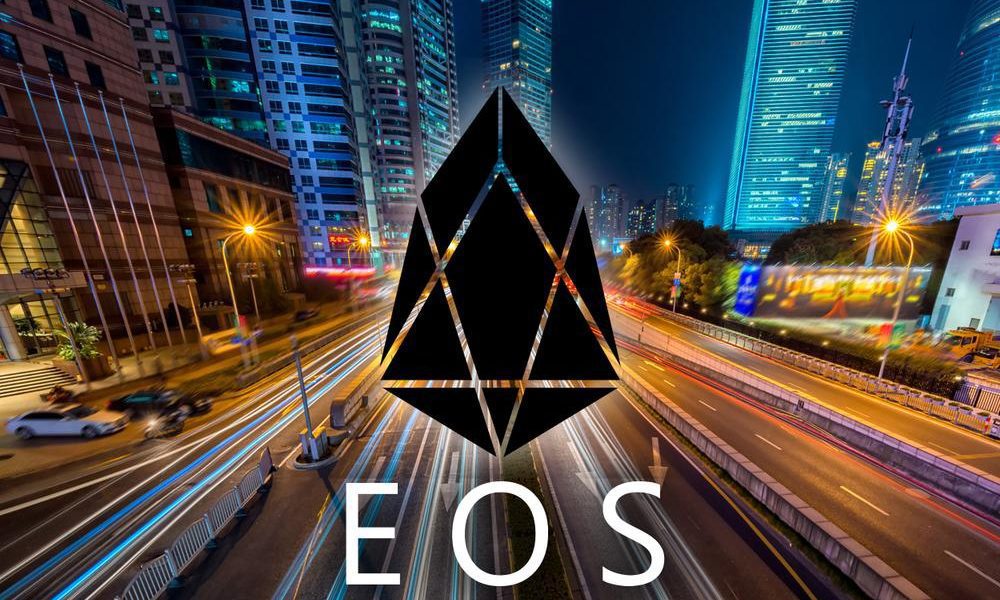- The upgrade to Antelope Leap 3.1 further democratized the EOS network with the code now working on an open-source foundation.
- The Leap 3.1 is the C++ implementation of the new Antelope protocol and brings along several new features.
On Wednesday, September 21, the EOS community announced its independence while changing the destiny of the platform forever. As a result, the EOS platform will transition to being a more decentralized platform with a consensus upgrade to Antelope Leap 3.1.
Yves La Rose, CEO of EOS Network Foundation announced that they will now be liberating the EOS network’s code. “We liberate the code, not for a privileged few, but for an open future, built on open-source foundations,” he stated. The new code will embody the community’s collective aspirations of building a resilient public blockchain network.
Today is a historic day. Not only for $EOS, but for the entire crypto industry.
After a multi-year struggle for independence, the #EOS community has proven that #Web3 really does bring power back to the people.
This is more than a hardfork. This is EOS Independence Day!
🧵 👇
— Yves La Rose (@BigBeardSamurai) September 21, 2022
As a result, the EOS community will be undertaking the migration of the EOS platform to the newly forged Antelope framework. This is an open framework that brings the full power of a decentralized network and community into action. The Antelope framework offers the EOS community a new direction in the way the network is run. Thus, it is a major milestone both in terms of governance and maturity of the EOS blockchain. The EOS Network Foundation CEO Rose further stated:
Today is the hard-won culmination of our efforts to secure independence for the EOS blockchain. Thanks to the EOS Block Producers—through their trust, support, and their technical prowess, the ENF has been able to proceed unhindered in our mission to deliver value to the EOS Network.
Thanks to the many dedicated developers and project leaders who rallied together and coordinated this massive feat of engineering, our code is now on solid footing.
The EOS Hard Fork
The EOS Network originally relied upon the EOSIO code. The maintainer of this code produced EOSIO 2.1 and a release candidate for EOSIO 2.2. However, the changes were deemed to be not beneficial for several public networks that relied on the code.
As the EOSIO codebase had thousands of unresolved issues, the EOS community engineers led by ENF forked the EOSIO 2.0 code repository to a new codebase which was then improved upon to create Leap 3.1. The Leap 3.1 is the C++ implementation of the new Antelope protocol. In Leap 3.1, several features have been backported from EOSIO 2.1 and EOSIO 2.2
However, there are also several new features “including transaction lifecycle improvements, upgraded crypto primitives that power EVM-related cryptography functions, block and SHiP pruning, and more”. Speaking on the matter, Areg Hayrapetian, Director of Engineering, ENF said:
The release of the Leap 3.1 software, and in particular the activation of the new Antelope protocol features introduced in Leap 3.1 on the EOS Network blockchain, marks an important milestone in this independence in which the Community demonstrates to the world that the EOS Network now runs on code maintained by the EOS Network Foundation on behalf of the EOS Community.
As the EOS block producers executed a coordinated hardfork to Leap 3.1, all those running the EOS nodes should upgrade them to keep syncing with the network.


